History
The Area has had a long history of human activity since c.1820, including exploration, sealing, whaling, aviation, scientific research and tourism, and as such has played a significant role in Antarctic affairs.
At Whalers Bay, the Chilean Whalers Society of Magallanes (operated between 1905 to 1916), and the Norwegian Hektor whaling station (built in 1905 and operated until 1931), the cemetery and other artefacts, some of which pre-date the whaling station, are the most significant whaling remains in the Antarctic. The British ‘Base B’, which was established in the abandoned whaling station, was the first base of the secret World War II expedition ‘Operation Tabarin’, the forerunner to the British Antarctic Survey. As such, it was one of the earliest permanent research stations in Antarctica. The whalers’ remains and ‘Base B’ are listed as Historic Site and Monument (HSM) No. 71. Appendix 3 contains the Conservation Strategy for HSM No. 71.
The remains of the Chilean Presidente Pedro Aguirre Cerda Station at Pendulum Cove are listed as HSM No. 76. Meteorological and volcanological studies were undertaken at the base from 1955 until its destruction by volcanic eruptions in 1967 and 1969.
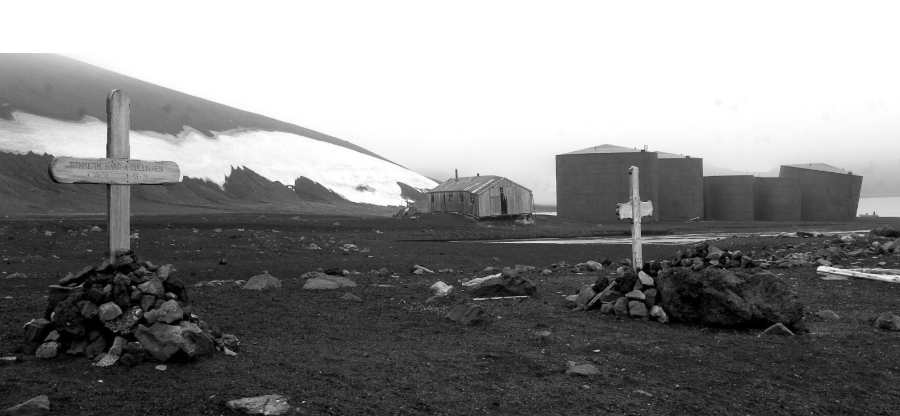
Chilean Whalers Society of Magellanes and the graves of the people who worked in the company
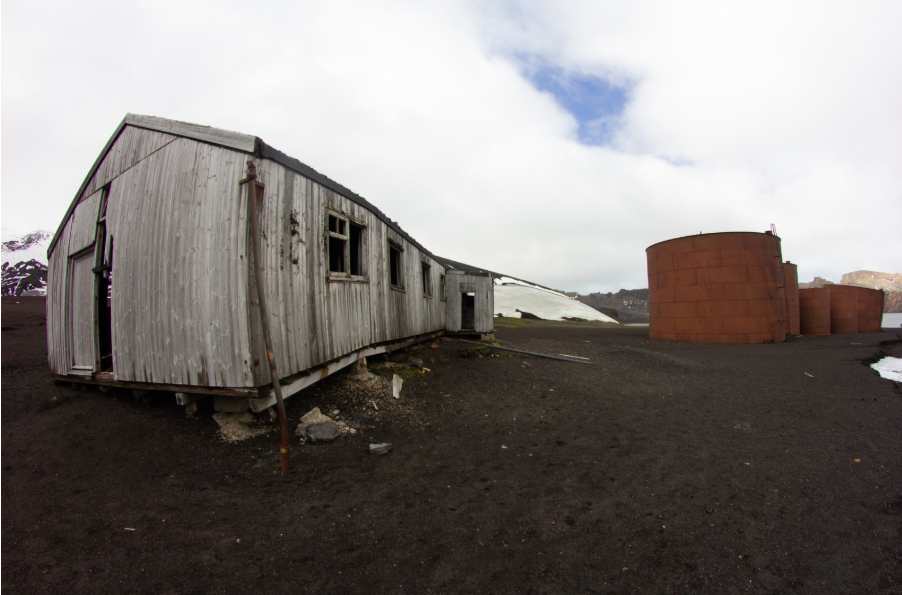
Chilean Whalers Society of Magellanes
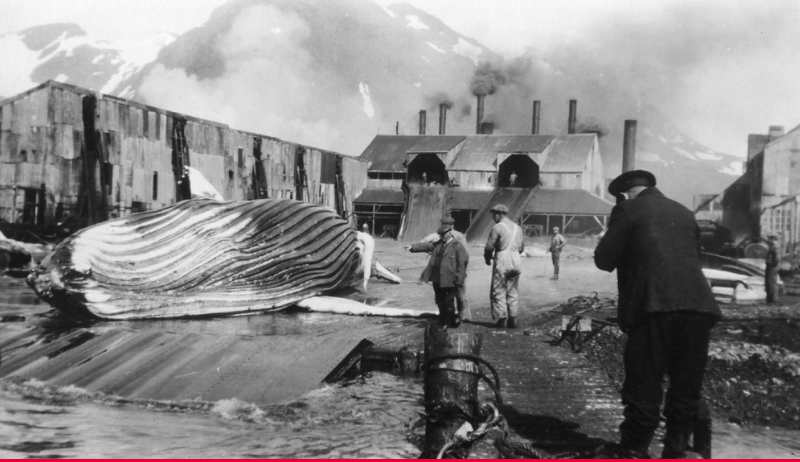
Credit: NPI photo archive
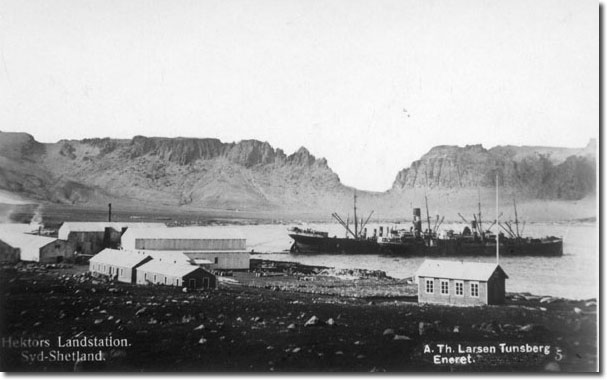
Credit: NPI photo archive
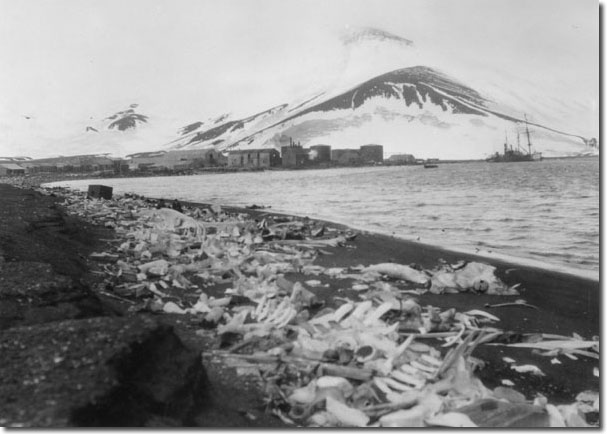
Credit: NPI photo archive
